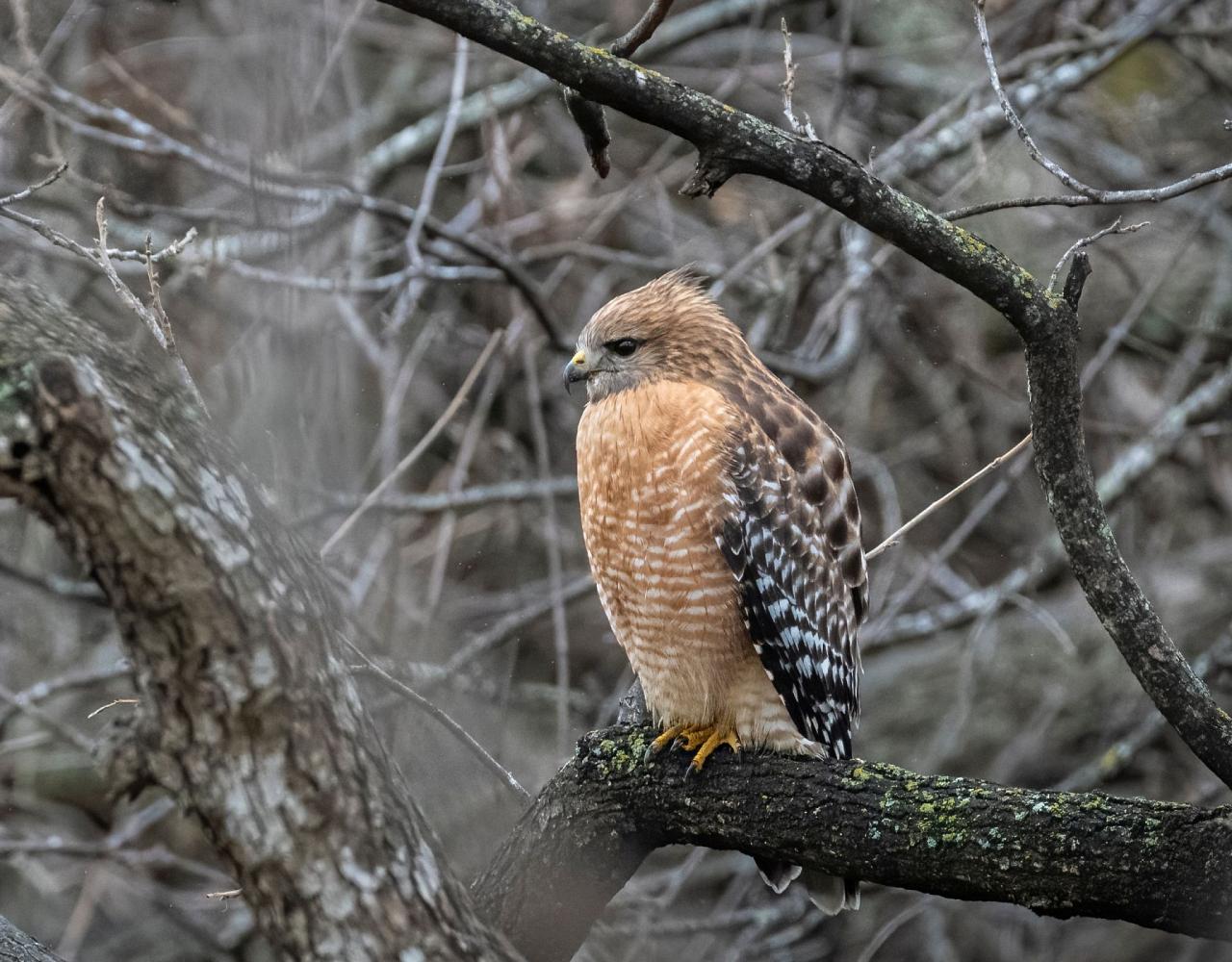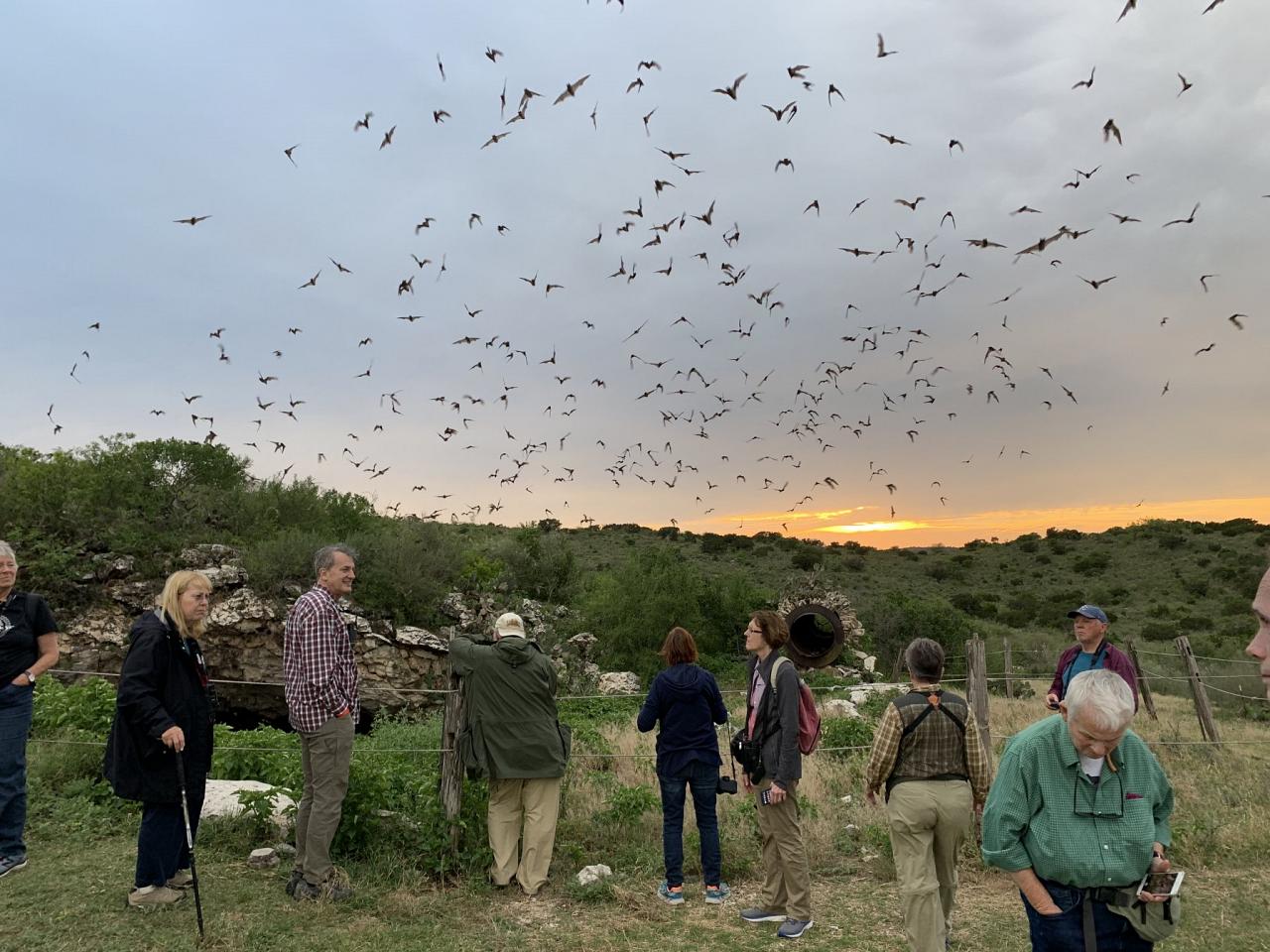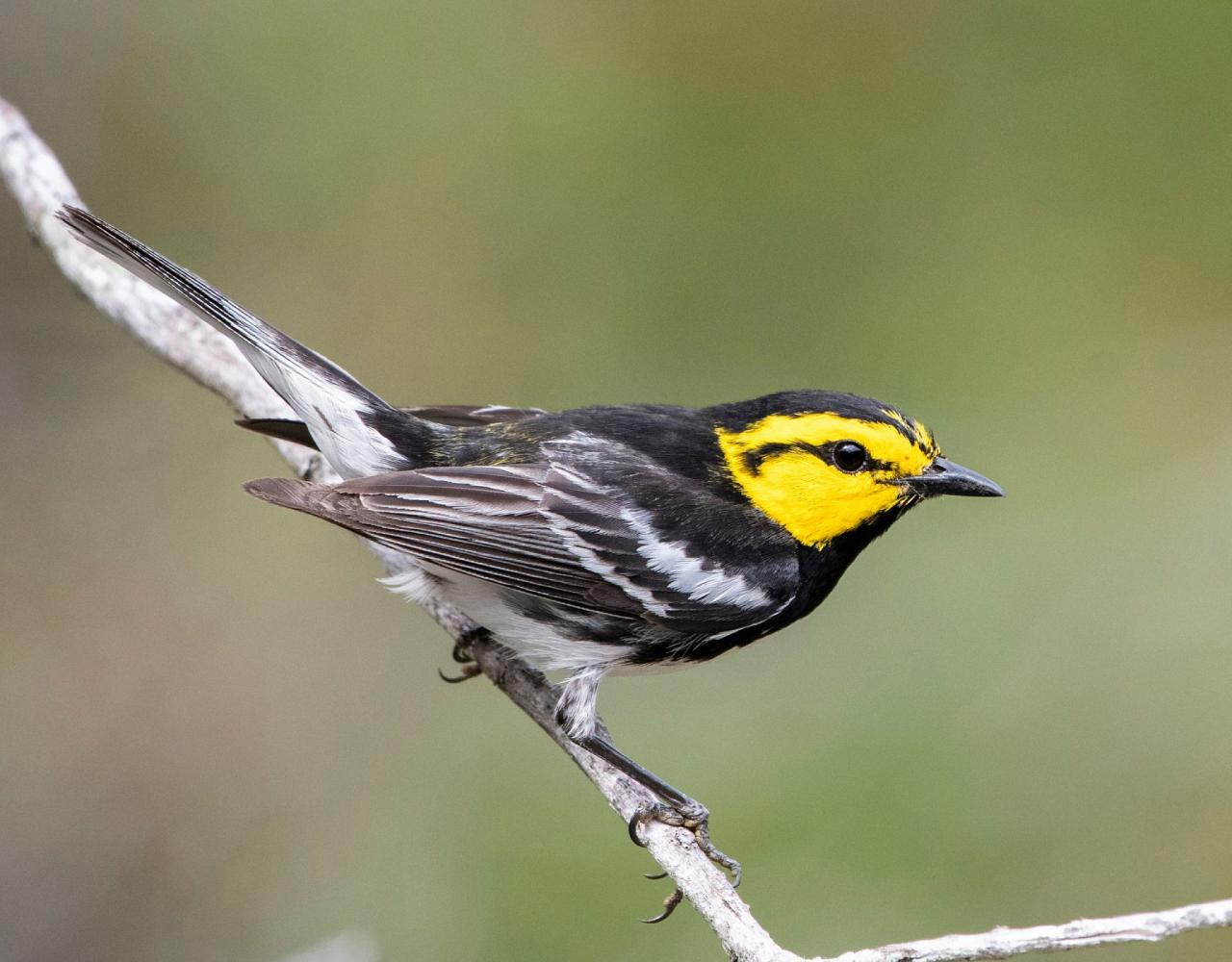- Overview
- Full Itinerary
- Photo Gallery
- Costing
- Travel Details
- Trip Reports
- Guides
- Know Before You Go
- Other Trips You May Like
Explore one of America’s best birding destinations on this top-rated Texas Hill Country Birding and Nature tour. Amidst the open landscape of the Edwards Plateau region, we explore the verdant area surrounding Concan, Texas, and its mosaic of avian life.
Special for This Departure
If you can’t get enough of this region’s unique blend of birds, the end of this tour is scheduled to coincide with the beginning of Birding the Border. This three-day festival run by Texas A&M University is based in Del Rio, Texas, just 80 miles to the west of Uvalde, where some exciting key species include Elf Owl, Morelet’s Seedeater, and Ringed Kingfisher.




Tour Highlights
- Enjoy two nights in Uvalde at the start of the Birding the Border festival and three nights at Neal’s Lodge, a longtime hotspot for birders and naturalists
- Admire Golden-cheeked Warbler amidst Ashe-Juniper at Lost Maples State Natural Area
- Observe millions of bats emerging from the Rio Frio Bat Cave
- Spot captivating raptors including Swainson’s, Zone-tailed, and Harris’ Hawks
- Explore a crossroads of ecoregions, where east meets west and biodiversity explodes
- Take in Hill Country’s kaleidoscope of butterflies; over 140 species have been spotted in the area




Trip Itinerary
Itineraries are guidelines; variations in itinerary may occur to account for weather, road conditions, closures, etc. and to maximize your experience.
Fri., Apr. 25 San Antonio | Uvalde
Welcome to Texas! Our group gathers at the San Antonio International Airport at 3:00 PM to begin our intriguing expedition into the Texas Hill Country. Some may want to arrive early to enjoy the Riverwalk and history of San Antonio on their own.
Straight from the airport we drive to Uvalde, Texas, a rural community with an exciting abundance of Texas brush country specialty birds. Our route cuts through the northern extent of the tamaulipan thornscrub, mixed with open pastures and grasslands where we may spot some iconic species on the roadside like Swainson’s Hawk, Crested Caracara, and Scissor-tailed Flycatcher.
We arrive at our hotel in Uvalde where we settle in, unpack, and prepare to explore the transition of Texas Hill Country meeting the south Texas brush country, two of the most uniquely productive habitats in the state. The region hosts birds from the Eastern and Western U.S., as well as the Lower Rio Grande Valley, making it a bucket list destination for naturalists for decades.
Accommodation at Uvalde Hotel (D)
Sat., Apr. 26 Kickapoo Cavern State Park | Fort Clark Springs
Early this morning, we head west to Brackettville before turning north and up onto the Edward’s Plateau. Possible highlights on our drive include Lesser Nighthawk, Harris’ Hawk, and Chihuahuan Raven. As we leave town, the habitat eventually becomes dominated by rolling hills covered in ashe junipers and a variety of oaks, which characterize the Texas Hill Country.
Arriving at Kickapoo Cavern State Park, we should find ourselves surrounded by a diverse chorus of birdsong, hopefully including our first Golden-cheeked Warbler of the journey. This park is situated near the western limit of the hill country, and so hosts a unique blend of eastern and western species. As we watch the water feature at the bird blind, we may see Varied and Painted Buntings coming in alongside Field and Olive Sparrows. Walking some of the beautiful trails, we seek out Gray and Black-capped Vireos.
After our morning in the hills, we come back through Brackettville to pick up a picnic lunch before entering the gated community of Fort Clark Springs, hosting the headwaters of Las Moras Creek. This stream is lined with towering, ancient Texas pecans and live oaks, creating a lush riparian oasis in a landscape otherwise dominated by semi-arid scrubland. As we walk the shaded trails, we may encounter some South Texas specialty species like Green Jay, Great Kiskadee, and Long-billed Thrasher, plus a variety of possible Neotropical migrants.
Back in Uvalde we enjoy our dinner out and run through our checklist for the day as a group.
Accommodation at Uvalde Hotel (B,L,D)
Sun., Apr. 27 Cook’s Slough | Neal’s Lodge
Today is our day to explore the Uvalde area, where we start our morning at Cook’s Slough Nature Park. This 200 acre wildlife refuge holds 25 acres of wetlands and miles of trails that meander through brush and riparian corridors. With the highest species count of any hotspot in the region and a history of attracting rarities, we never know what we may find here, but we hope to see locally uncommon species like Audubon’s Oriole, Curve-billed Thrasher, and Black-bellied Whistling-duck. In the more arid sections of the park, cenizo or “Texas Sage” and honey mesquite mix with blackbrush acacia to provide habitat for species like Black-throated Sparrow, Cactus Wren, and Pyrrhuloxia.
From here, we head back through Uvalde for lunch and plan to bird our way to Concan; your guide determines our exact route based on what we have seen so far. We get settled into our new lodgings at Neal’s Lodge before eating dinner and running through our checklist.
Accommodation at Neal’s Lodge (B,L,D)
Mon., Apr. 28 Neal's Lodge | Rio Frio Bat Cave
This morning we begin by birding the area around Neal’s Lodge. We comfortably observe several species as permanent feeding stations draw in some of the Hill Country’s best species. Clay-colored Sparrow are common at the “cattle guard feeder” ? often joined by Black-throated, Lark, White-crowned, and Chipping Sparrows. Three species of orioles are possible visitors, along with resident Olive Sparrow and Long-billed Thrasher. In the cypress trees towering along the river’s edge, we listen and look for Yellow-throated Warbler and Northern and Tropical Parulas.
Continuing to the pecan grove for more feeder watching, we look for Eastern Bluebird, Indigo Bunting, Carolina Chickadee, Black-crested Titmouse, and various migrants. For lunch, we visit a delicious BBQ stand in Concan for tasty brisket and smoked turkey. After lunch we return to Neal’s Lodge for continued feeder watching.
After dinner, we take a short drive to the Rio Frio Bat Cave. Every night, 10-million or more Mexican Free-tailed Bats exit the cave to feed. If you haven’t experienced a bat cave emergence, you are sure to be mesmerized as the smoke-like river of bats emerges against the setting sun.
Local bat biologist Bain Walker joins us as we take in the sights and sounds of one of the largest gatherings of mammals in North America. Red-tailed and Swainson’s Hawk are likely visitors as they feed on the frenzy of bats. Cave Swallow share the cave and we see them as they return to roost. Accommodation at Neal’s Lodge (B,L,D)
Tues., Apr. 29 Lost Maples Natural Area
Today we depart for Lost Maples State Natural Area, a 2,200-acre protected site straddling the serene Sabinal River. The park is famous for its Golden-cheeked Warbler, and is home to many other species.
Black-chinned Hummingbird, occasional Indigo Bunting, and Scott’s Oriole often greet us at the visitor center’s feeders.
Along the Maple Trail, we walk through a limestone canyon populated with oak, sycamore, and relict Bigtooth Maple. We listen for the sweet, buzzing song of the park’s Golden-cheeked Warbler. We might also see Acadian Flycatcher, Yellow-throated and White-eyed Vireos, and Black-and-white Warbler.
Lost Maples hosts a stunning array of butterflies; over 140 species live in and around Concan. A previous trip recorded many species, including Nysa Roadside-Skipper, Red Admiral, Gulf Fritillary, and Pipevine, Spicebush, and Giant Swallowtail.
After a picnic lunch we hike along rivers and ponds, scanning the branches for Green Kingfisher, a striking species barely reaching the United States.
For dinner, we visit Lost Maples Café and its regionally famous pies.
Accommodation at Neal’s Lodge (B,L,D)
Wed., Apr. 30 San Antonio & Departures
We load our vans with Blue Jay watching overhead, and return to San Antonio. Some may wish to stay on to explore this historic city, home to the Alamo and a delightful Riverwalk. (B)
Cost of the Journey
The cost of this journey is $2690 DBL / $3240 SGL, from San Antonio, TX, and includes all accommodations, meals as specified in the itinerary, group airport transfers, professional guide services, local park and other area entrance fees, and miscellaneous program expenses. The cost does not include transportation to or from your home to San Antonio, or items of a personal nature such as laundry, telephone charges, porterage, maid gratuities, or beverages from the bar.
Travel Details
Please plan to make air travel plans only after the minimum group size has been met. We will send you a confirmation email as soon as the trip has been confirmed.
Arrival and Departure Airport: San Antonio International Airport (SAT)
Arrival Details: Plan to arrive April 25, no later than 3:00 PM
Departure Details: Plan April 30 flights after 12:00 PM
Travel Tip: San Antonio is a fascinating city to explore with a rich history and the delightful River Walk area that is a magnet for dining and fun. There are a wide variety of attractions to see in San Antonio including museums, The Alamo, and the San Antonio Botanical Garden. Many attractions are within walking distance of the River Walk area, making it a great base to explore from. The River Walk area is approximately 8 miles from the San Antonio International Airport and can be reached by taxi, Uber/Lyft, or renting a car. You will need to return to the airport no later than 3:00 PM on April 25 if you are not staying at an airport hotel.
Hotel Recommendations: If you prefer to stay in the trendy River Walk area, we recommend: Courtyard San Antonio Riverwalk (210) 223-8888 or the Canopy by Hilton San Antonio Riverwalk (210) 404-7516. Please note that the popular Fiesta San Antonio festival is April 24 to May 4 and is a busy time in the downtown area. If you stay at a non-airport hotel, be sure to return to the airport no later than 3:00 PM on April 25.
Would you prefer to relax and stay near the airport? We can pick you up at these airport hotels: Holiday Inn Express San Antonio Airport (210) 308-6700 or the Embassy Suites by Hilton San Antonio Airport (210) 525-9999
Browse below for trip reports and species lists from past versions of this and other tours from this destination.
Texas
Big Bend & Davis Mountains
- April 2011
- April 2012
- April 2014
- April 2015
- April 2016
- August 2016
- April 2017
- April 2019
- May 2019
- April 2021
- May 2021
- April 2022
- April 2022
- May 2022
- April 2023
- April 2023
- May 2023
- April 2024
Big Bend Monsoon Madness
- August 2016
- August 2018
- July 2019
South Texas
- February 2012
- February 2014
- February 2018
- February 2019
- March 2019
- February 2020
- April 2021
- September 2021
- November 2021
- February 2022
- March 2022
- October 2022
- November 2022
- January 2023
- February 2023
- March 2023
- November 2023
- December 2023
- January 2024
- January 2024
- March 2024
- November 2024
Texas Coast
- April 2012
- April 2014
- April 2019
- April 2021
- April 2022
- April 2023
- April 2024
Texas Hill Country
- April 2013
- April 2015
- April 2017
- April 2018
- April 2019
- April 2021
- April 2022
- April 2023
- April 2024 (Solar Eclipse Tour)
-
Bryan Calk

Bryan started birding at Fort Clark Springs in southwest Texas when he was 10 years old and never stopped. He got his first taste of guiding while leading trips for the Rio Brazos Audubon Society during college. After graduating from Texas A&M in 2015 with a degree in genetics, Bryan worked as an avian field biologist on several projects across Texas and New Mexico. Currently residing in Albuquerque as a professional birding tour guide, he leads field tours, workshops, and youth birding programs across the US. In his free time, Bryan enjoys butterflies, searching for herps, photography, art, cooking, and gardening.
Other trips with Bryan Calk
-
 Ohio: The Biggest Week in Birding FULL - Check out Summer in Maine!May 14 - 21, 2025
Ohio: The Biggest Week in Birding FULL - Check out Summer in Maine!May 14 - 21, 2025 -
 Alaska’s Northern Passages & Glacier Bay FULL - Check out Alaska Sampler in August!July 12 - 19, 2025
Alaska’s Northern Passages & Glacier Bay FULL - Check out Alaska Sampler in August!July 12 - 19, 2025 -
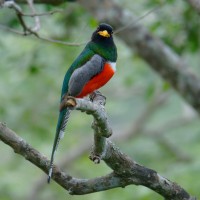 Arizona Monsoon Madness: Birding & Nature in a Season of Wonder!August 10 - 17, 2025
Arizona Monsoon Madness: Birding & Nature in a Season of Wonder!August 10 - 17, 2025 -
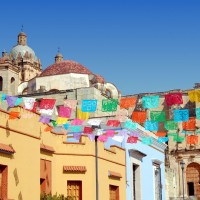 Grand Oaxaca: Valley, Mountains & Coast October 7 - 18, 2025
Grand Oaxaca: Valley, Mountains & Coast October 7 - 18, 2025 -
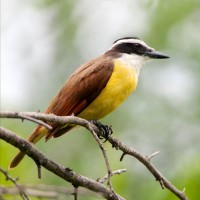 South Texas Birding & NatureNovember 10 - 18, 2025
South Texas Birding & NatureNovember 10 - 18, 2025 -
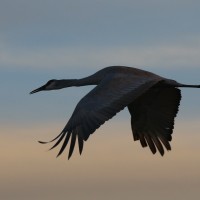 New Mexico Nature & CultureDecember 6 - 13, 2025
New Mexico Nature & CultureDecember 6 - 13, 2025 -
 Belize: Three Great LodgesJanuary 5 - 16, 2026
Belize: Three Great LodgesJanuary 5 - 16, 2026 -
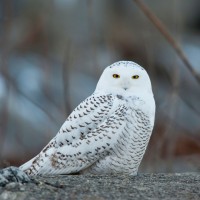 Minnesota: Winter Owling TourJanuary 25 - 30, 2026
Minnesota: Winter Owling TourJanuary 25 - 30, 2026
-
-
Mason Flint

Mason is a New Mexico native who started birding at age 11 when his family moved within walking distance of the Richardson Bay Audubon Sanctuary in Tiburon, California. Here, he became an Audubon Junior Naturalist. His love of birding and travel grew through as he moved with his family to Alaska, Ohio, and Vermont, college on the east coast, and a few years trying to eke out a living as a birder/ski bum in Montana and back in New Mexico.
In desperate need of gainful employment, Mason settled in Seattle where he spent most of his career at Microsoft. Mason was able to feed his habit by adding on a day or two of birding to business trips across the US, Europe, and Asia and travel with his family. His wife Suzy, who loves travel but isn’t a birder, is a good sport and jokes that being married to a birder has given her the opportunity to visit sewage treatment ponds around the world.
Mason retired a bit early in 2015 to help fledge his two sons, squeezing in travel and birding between soccer games and band performances. He was thrilled to finally combine his passions and profession when he joined Naturalist Journeys as a consultant in early 2020. Mason has led field trips in Guyana, Peru, Iceland, Texas, Washington, Wyoming, Southeastern Arizona, Minnesota, and South Africa.Other trips with Mason Flint
-
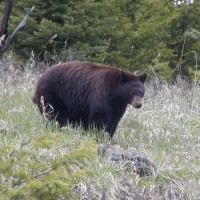 Yellowstone: Birds, Bears & Wildlife FULL - See our fall departures!June 5 - 11, 2025
Yellowstone: Birds, Bears & Wildlife FULL - See our fall departures!June 5 - 11, 2025 -
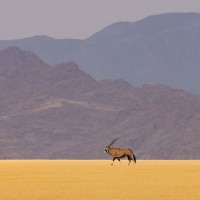 Deltas to Dunes: A Botswana-Namibia SafariSeptember 28 - October 15, 2025
Deltas to Dunes: A Botswana-Namibia SafariSeptember 28 - October 15, 2025 -
 Western Panama: Tranquilo BayNovember 7 - 14, 2025, w/Mt. Totumas extension
Western Panama: Tranquilo BayNovember 7 - 14, 2025, w/Mt. Totumas extension -
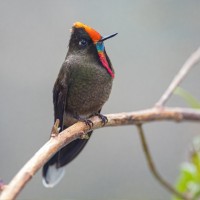 World-class Birding in Colombia's Coffee TriangleJanuary 20 - February 3, 2026, w/Montezuma extension
World-class Birding in Colombia's Coffee TriangleJanuary 20 - February 3, 2026, w/Montezuma extension
-
Essential Information +
Packing List +
Suggested Reading List +
Useful Links +
Photo credits: BANNERS by Bryan Calk: Green Kingfisher, Black-chinned Hummingbird, Golden-fronted Woodpecker, Black-bellied Whistling-Duck THUMBNAILS by Bryan Calk: Green Jay, Black-and-white Warbler, Hooded Oriole, Crested Caracara, Golden-fronted Woodpecker, Painted Bunting






















